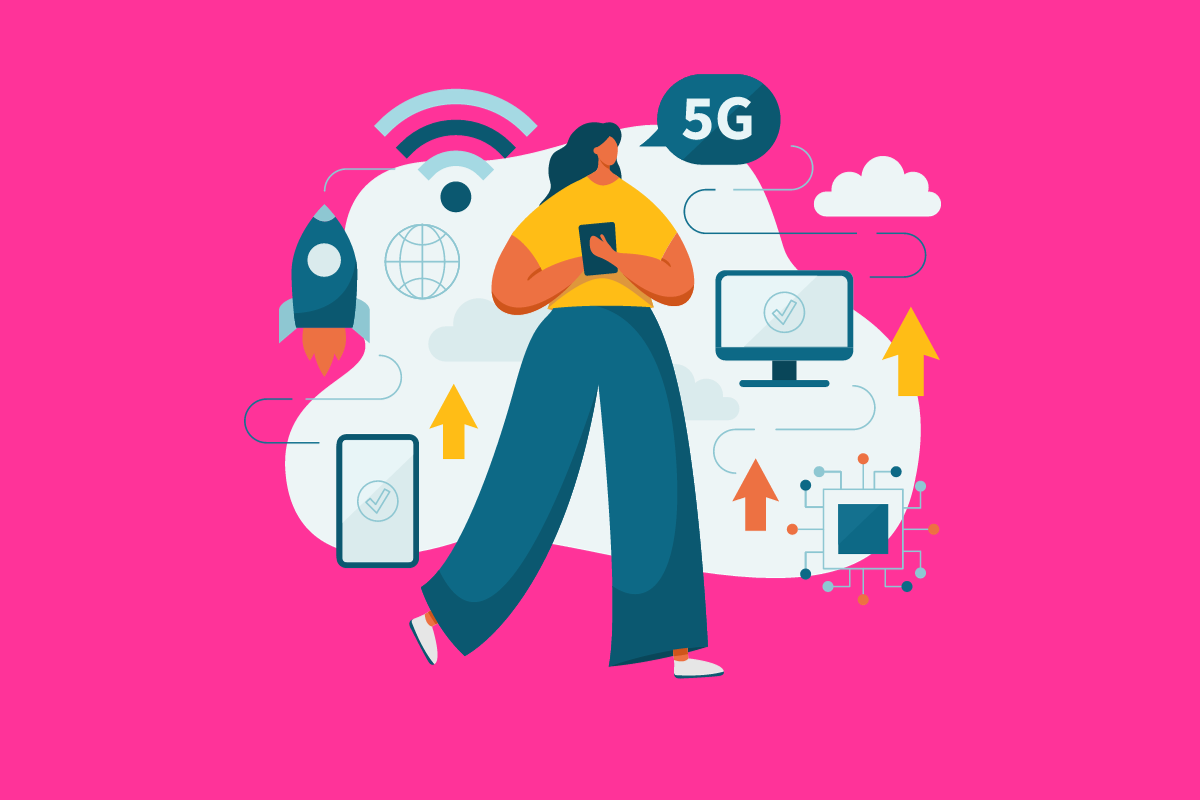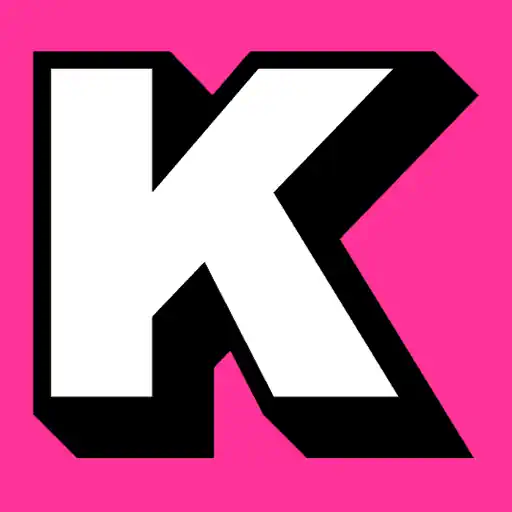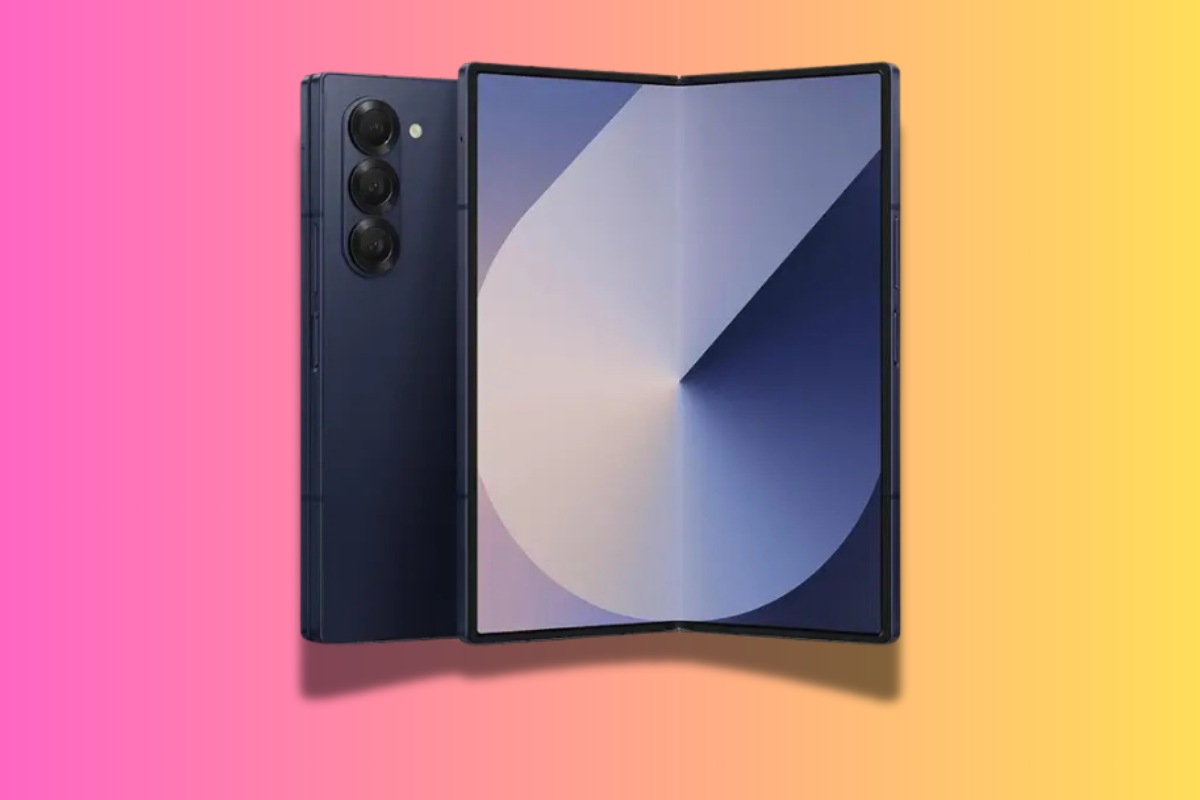KEY TAKEAWAYS
- What It Is: The Lifeline Assistance Program is a federal initiative aimed at making telecommunications services more accessible for low-income households.
- Eligibility: The program has specific income-based and program-based eligibility criteria that applicants must meet.
- Services Offered: Lifeline provides discounts on monthly telephone service, broadband Internet access service, or bundled voice-broadband packages purchased from participating providers.
- Application Process: Applying for Lifeline involves submitting documentation to prove eligibility, usually through a certified service provider.
- Fraud Prevention: The program has stringent measures to prevent fraud and ensure that only eligible individuals benefit.
The Lifeline Assistance Program is a U.S. federal program designed to ensure that low-income consumers have access to basic telecommunications services. Established by the Federal Communications Commission (FCC), the program provides financial assistance to eligible individuals, making it easier for them to afford phone and Internet services.
What Services Does Lifeline Offer?
🎯 KEY TAKEAWAYS
- 📱 Monthly Discount: Lifeline provides a standard monthly discount of up to $9.25 on either phone or broadband services.
- 🌐 Broadband Option: You can apply the discount to broadband services, making internet access more affordable.
- 📞 Phone Services: The discount is also applicable to phone services, including landline and mobile.
- 🗺️ State Subsidies: Some states offer additional financial assistance on top of the federal discount.
- 💡 Not Free, But Affordable: Lifeline doesn’t provide free services but significantly reduces the cost for low-income households.
- 📝 Eligibility Criteria: There are specific income and program-based criteria to qualify for the discount.
The Lifeline Assistance Program offers a standard monthly discount of up to $9.25 to make phone or broadband services more affordable for eligible consumers. This discount can be applied to either phone services or broadband services, but not both at the same time.
It’s designed to help low-income households maintain essential communication channels, whether it’s for work, education, or personal use.
In today’s digital age, having reliable internet access is almost as essential as having electricity or water.
The $9.25 discount can be applied to broadband services, making it easier for eligible households to access the internet for work, education, and other essential activities. This is especially important as more jobs and educational opportunities move online.
If you prefer, the $9.25 discount can also be applied to your phone bill. This includes both landline and mobile services (like an iPhone, for instance). It ensures that you can maintain essential communication channels, whether it’s for emergency calls, job searches, or staying in touch with loved ones.
Some states offer additional financial assistance on top of the federal Lifeline discount. These additional subsidies can vary by state and by service provider. It’s essential to check with local Lifeline service providers to see what additional financial assistance may be available in your area.
While the Lifeline program doesn’t provide free phone or broadband services, the monthly discount makes these essential services more affordable for low-income households. This can make a significant difference in a family’s monthly budget, freeing up funds for other essential needs like food and healthcare.
To take advantage of the Lifeline discount, you must meet specific eligibility criteria. These are usually based on your household income or participation in federal assistance programs like Medicaid or SNAP. Make sure to check these criteria carefully to see if you qualify.
Who Is Eligible?
🎯 KEY TAKEAWAYS
- 💵 Income-Based: Eligibility for Lifeline can be determined by your household income, usually benchmarked against federal poverty guidelines.
- 🏥 Federal Programs: Participation in federal assistance programs like Medicaid or SNAP can also make you eligible.
- 🏠 Housing Assistance: Being a part of Federal Public Housing Assistance can qualify you for Lifeline.
Eligibility for the Lifeline program is generally determined by either your household income or your participation in certain federal assistance programs. If you’re considering applying based on income, your household income must usually be at or below 135% of the federal poverty guidelines.
This is a critical factor that the program uses to identify who truly needs financial assistance for telecommunications services.
Another way to qualify for Lifeline is through participation in federal assistance programs.
These include Medicaid, which provides health coverage to low-income individuals, and the Supplemental Nutrition Assistance Program (SNAP), which offers food assistance. If you or someone in your household is a beneficiary of these programs, you’re likely eligible for Lifeline.
Additionally, being a part of the Federal Public Housing Assistance program can also make you eligible for Lifeline. This is particularly beneficial for low-income families who are already receiving some form of federal aid for housing.
Do I Qualify?
- Income-Based Eligibility: To qualify based on income, your household income must be at or below 135% of the federal poverty guidelines.
- Program-Based Eligibility: You can also qualify if you or someone in your household participates in a federal assistance program like Medicaid or SNAP.
How to Apply To Lifeline Assistance Program
- Find a Provider: The first step is to find a Lifeline service provider in your area. You can do that here.
- Submit Documentation: You’ll need to submit documents that prove your eligibility, such as income statements or proof of participation in federal assistance programs.
- Complete Application: Once your documentation is verified, you’ll complete the application process, usually online or via mail.
Fraud Prevention Measures
🎯 KEY TAKEAWAYS
- 🔒 Fraud Prevention: The FCC has put in place specific measures to prevent fraudulent activities within the Lifeline program.
- 📊 National Database: A National Lifeline Accountability Database exists to track Lifeline benefits and ensure fair distribution.
- 🚫 Multiple Discounts: The database helps in preventing the receipt of multiple discounts by the same individual or household.
The Federal Communications Commission (FCC) takes the integrity of the Lifeline program seriously and has implemented various measures to prevent fraud and abuse. One of the key tools in this effort is the National Lifeline Accountability Database.
This database is designed to track the Lifeline benefits that consumers receive. It serves as a centralized system where service providers can verify the eligibility of applicants and existing beneficiaries.
The primary goal of the database is to ensure that multiple discounts aren’t being received by the same individual or household.
This is crucial for maintaining the program’s integrity and ensuring that the benefits are distributed fairly among eligible participants. By doing so, the FCC aims to maximize the impact of the Lifeline program, ensuring that it serves those who truly need it.
The Evolution of Lifeline
🎯 KEY TAKEAWAYS
- ☎️ Original Focus: Lifeline was initially focused on providing discounts for monthly telephone services.
- 🌐 Broadband Inclusion: In 2016, the FCC expanded the program to include Internet services.
- 📈 Evolution: The program has evolved to meet the changing communication needs of Americans.
When the Lifeline program was first introduced, its primary focus was on making monthly telephone services more affordable for low-income households. This was in line with the communication needs of the time, where telephone services were the primary means of staying connected.
However, as technology evolved and the Internet became increasingly integral to daily life, the Federal Communications Commission (FCC) recognized the need to adapt the program.
In 2016, the FCC expanded Lifeline to include broadband Internet services.
This was a significant step in ensuring that low-income households could stay connected in a world where online access is often essential for education, work, and even healthcare.



